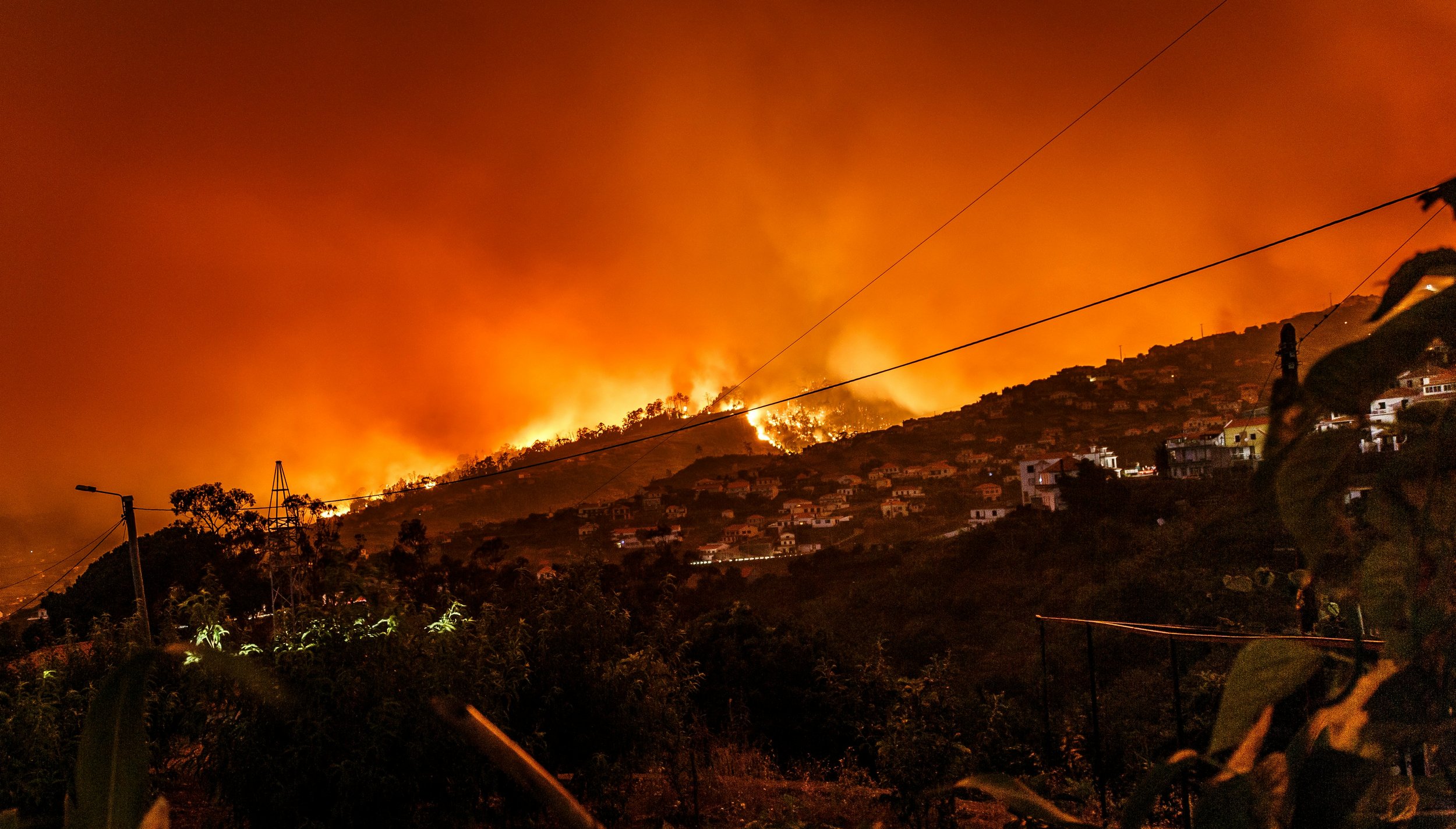When is wildfire season? (and others)
We cover a lot of different natural disaster topics on a regular basis, but one thing we don’t cover is the general frequency and timing of a lot of these disasters. For a new homeowner, new renter, or new policyholder, we know it’s a stressful and exciting time. We also know that it’s best to be prepared in the case of an emergency.
That’s why we wanted to break down when typical natural disasters occur during the year so you can best prepare for them if they affect your area. You can get a more personalized home risk assessment here.
1. Wildfire Season: May through October
The typical wildfire season, historically, has lasted around 5 months, starting around May and ending around October. The season has slowly started to lengthen, as conditions for fires run rampant on coastal states and dryer states on the West Coast, namely Oregon, California, Washington, and Texas.
It’s best to start preparing early, beginning to think about preparation in February and being fully caught up by mid-April at the latest. Stay up to date on fire trends and news in your area and make sure you’re aware of any Firewise communities that could potentially help with reducing your risk. Many communities organize chipping days, defensible space inspections, and offer grants or other resources to mitigate losses.
You can look here to find a Firewise community near you.
2. Hurricane Season: June through November
Unfortunately, summer winds and temperatures tend to wreak havoc and are the center of attention for a lot of natural disaster claims and losses. Hurricane season tends to operate around early summer and last through mid-Fall. It’s important to layer protection if you can: if you’re in an area like Florida that has high rates of wind and fire damage, preparing for both at a similar point in time can be great for reducing the risk to your most valuable assets.
The key points of the home will always be the roof and the foundation in the event of a wind-related peril. Be sure to clear vulnerable areas of any debris and tie down items that could become projectiles during high winds or storms, like chairs, outside furniture, and smaller objects like mailboxes.
3. Flood Season: June through November
Flooding also tends to occur during similar times in the year to hurricanes, as higher winds also tend to increase the turbulence of surrounding water sources. With flooding, it’s important to remember that the foundation of a structure is always the most vulnerable and it helps to reinforce lower levels with leak-proof materials and metals.
Also be sure to note that if you have levels in your home that are below your initial foundation, like basements, cellars, or lower floors that run into the ground, that they follow FEMA flood guidelines and are able to mitigate risk in high-storm environments.


